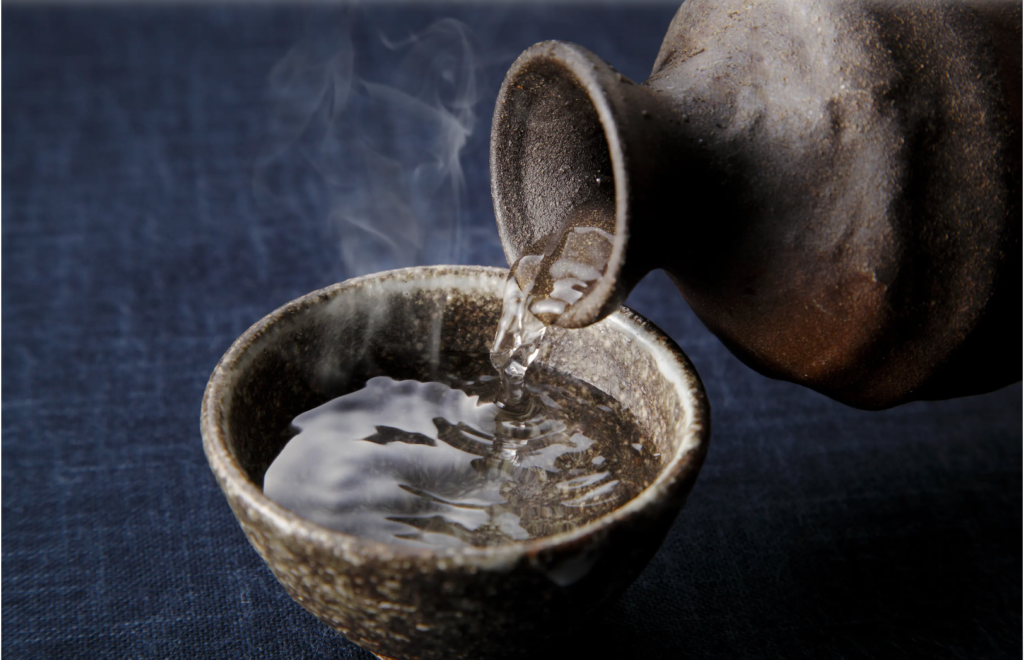
Written by Saki Kimura
*Edited from original article on Tippsy
If you’ve just started becoming interested in sake, you might lean towards serving it warm or hot.
If you have a little more knowledge about sake, you might think the opposite, “the cooler the sake, the better.”
Which is right?
Actually, neither are entirely correct. Extreme temperatures are not suitable for sake, but part of the reason why these ideas prevail is because there are lots of Japanese restaurants that serve sake atsuatsu (very hot). This style is, in fact, not the correct way of drinking of sake. Let’s shed the myth of “hot sake”–this is not appetizing at all!
Generally, the sweetness and aroma of sake is not as prevalent when served at lower temperatures. As you increase the temperature, the flavor becomes more complex. At about 35 degrees Celsius, the sweetness of sake peaks, then declines and gives way to a sharper taste of alcohol. Although some sake tastes better when served warm, going beyond the recommended temperature would risk losing the balance of flavors and being overpowered by alcohol.
Although sake can be warmed in the microwave, it would be difficult to manage and ensure that it heats evenly, affecting the overall taste. My recommendation is to prepare hot water in a pot and place the tokkuri (ceramic container or narrow decanter) to warm the sake gradually. Then, use a thermometer to check the temperature. This method is called yukan.
Each sake has its own recommended serving temperature. Although the sweet notes of sake peaks at 35 degrees Celsius, this does not mean that sake is most delicious at this temperature. As mentioned in the previous article, sake has other delicate taste components such as acidity and bitterness, and the balance of the ingredients varies depending on each sake. As the temperature rises, a few things happen to the balance of taste: the sweetness increases, the bitterness component changes, and surprisingly, the acidity stays the constant. What is perceived as the most delicious temperature is different for each sake.
At the same time, not only does the taste change depending on the temperature, you will find that the cuisine also influences its flavor compatibility. For example: Sake that is perfect for white fish sashimi when chilled, transforms when warmed and is better paired with greasy meat dishes.
Some people believe that cold sake is smoother and easier to drink than hot one. However, when you warm it to the appropriate temperature, hot sake can give you many advantages as follows:
It is interesting that sake dramatically changes its flavor depending on temperature. I sincerely recommend warming up the sake that you don’t feel tasty at cold or room temperature. Warming sake gradually might sound bothersome for you, but a fantastic experience is waiting there.